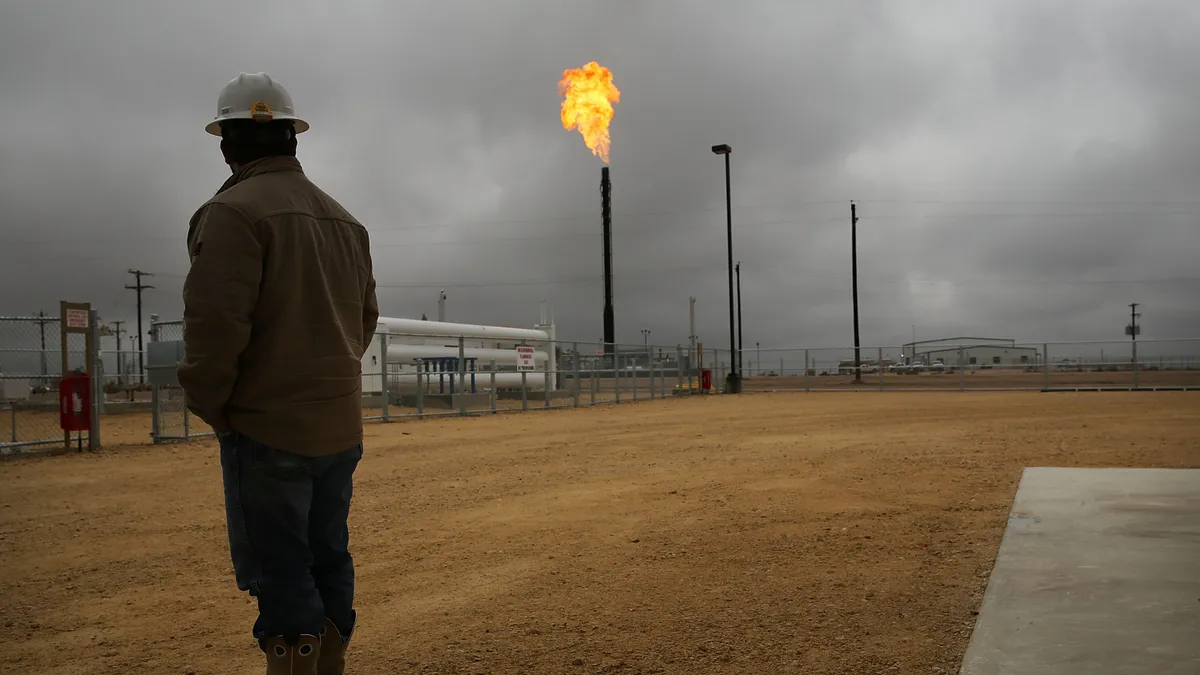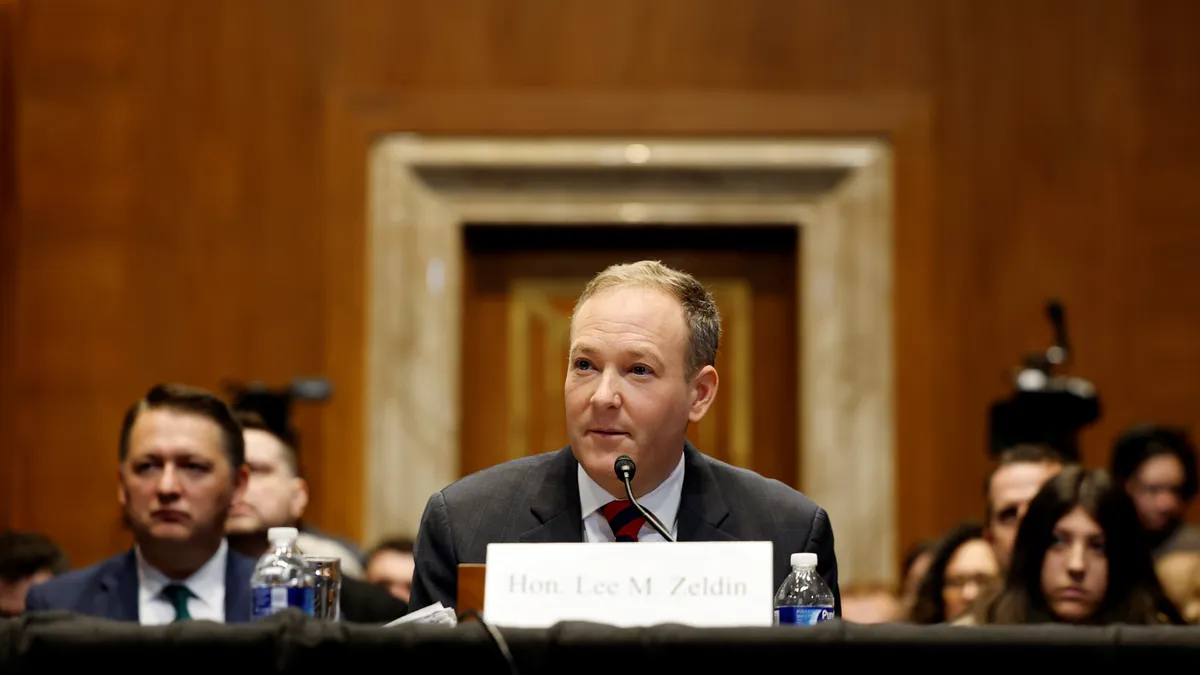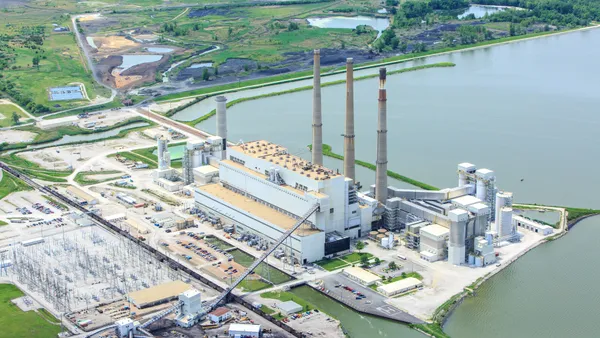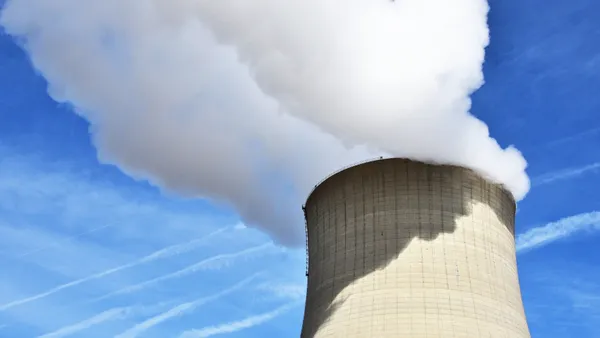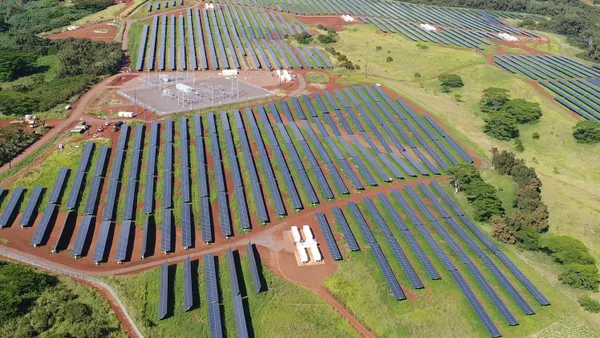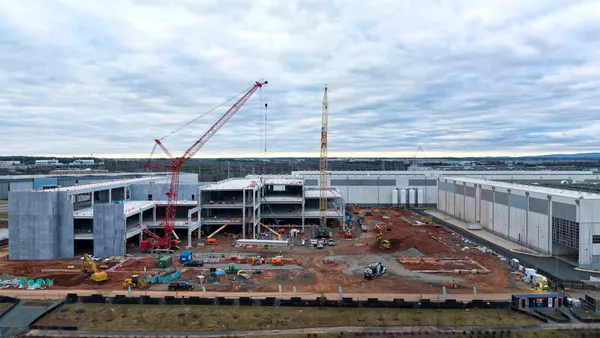Dive Brief:
- The legal battle over FERC Order 745 could have serious consequences on California's ability to meet its 50% renewables by 2030 mandate, Greenwire reports, because of the challenges involved with integrating so much variable generation.
- California Gov. Jerry Brown (D) last month signed Senate Bill 350 into law, officially setting the state on a course to reach 50% renewable energy and double building efficiency by 2030. But those goals hinge on the ability to deploy ample demand response resources, something the Supreme Court could inhibit if it invalidates Order 745.
- If the Supreme Court decides FERC does not have jurisdiction over demand response in wholesale markets, former agency chair Jon Wellinghoff said it would keep the resource from being properly valued and utilized, potentially leading California to miss its goals.
Dive Insight:
Wellinghoff chaired the commission when it issued FERC Order 745, mandating that demand response in wholesale markets be paid the same as generation. And as Greenwire points out, he now represents demand response vendor EnerNOC in his new role as a partner at the law firm Stoel Rives.
But even if he does have an interest in how the Supreme Court decides the Order 745 case, his message remains: California has some of the most aggressive climate goals in the country, and if the state reaches them it will require all the non-carbon resources available.
"If S.B. 350 is actually going to succeed and get 50% renewables, demand response is going to be a key component of that, to ensure that those renewables are cost-effectively and reliably integrated into the grid," Wellinghoff told Greenwire. If Order 745 is struck down it "will severely restrict the ability of demand response in California ... from getting paid its real value."
The Supreme Court last month heard oral arguments in the case, following the D.C. Circuit Court's decision to vacate Order 745 last year. Arguments focused on whether FERC "reasonably concluded" it has authority over demand response markets, and whether the circuit court erred in its decision to invalidate that authority. The Electric Power Supply Association, which represents competitive power suppliers, challenged FERC's rule, claiming the commission overstepped and was regulating retail markets, which fall under state jurisdiction.
The California Public Utilities Commission and California ISO both filed briefs in support of FERC's authority. "Demand response contributes to state policy goals by serving as a substitute for high-cost and emissions-producing peak generators and enabling states to reduce their energy consumption," the CPUC wrote.
Not everyone agrees, however, that California's climate goals hinge on 745. James Bushnell, an associate professor of economics at the University of California, told Greenwire that FERC's order "created the prospect of large amounts of expensive and non-performing demand that would be 'response' in name only."
"Killing 745 would not kill demand response, only a very flawed approach to achieving it," he said. "Hopefully we can move on to developing effective ways to achieve truly cost-effective and real demand response."
Beyond demand response, the impacts of a decision against Order 745 could have far-reaching consequences for all distributed resources, Wellinghoff told Utility Dive at a recent storage conference.
If the justices decide that DR is primarily a retail resource, that line of reasoning could be extended to a whole litany of customer-sited resources trying to gain access to wholesale markets, like energy storage. That means the efforts of companies like Stem, which recently announced it integrated an aggregation of customer-sited storage into the CAISO real time market, could be thwarted if the Supreme Court decides they are retail resources.
That, Wellinghoff said, could severely constrain the ability of customers to realize all of the value proposition of customer-sited storage and other DER systems, slowing the growth of the sector.





